



What are the three big chips in an industrial computer?
The three big chips in an industrial computer are usually the CPU (central processing unit), GPU (graphics processing unit), and chipset. The following will be a detailed description of the three big chips.
First, CPU (Central Processing Unit)
1. Definition and Role
CPU is the core component of the industrial control machine, just like the human brain, responsible for executing the instructions in the computer program, and carrying out the calculation and processing of data. Its performance directly determines the operating speed and processing power of the industrial control machine.
In the field of industrial control, CPU needs to deal with all kinds of real-time data, control instructions and complex algorithms to ensure the stable and efficient operation of industrial production processes.
2. Main performance indicators
Main Frequency: the clock frequency of the CPU, in Hertz (Hz). The higher the main frequency, the faster the CPU's computing speed. However, the main frequency is not the only factor that determines the performance, but also need to consider other factors such as architecture and cache.
Number of Cores: Modern CPUs usually have multiple cores and can handle multiple tasks at the same time. The more cores, the better the parallel processing ability, for multi-tasking and complex calculations have a great advantage.
Cache: It is categorized into Level 1 Cache (L1 Cache), Level 2 Cache (L2 Cache) and Level 3 Cache (L3 Cache), etc. Cache is used to store frequently accessed data. Cache is used to store frequently accessed data and instructions, reduce the time to read data from memory, and improve the operating efficiency of the CPU.
3. Features of industrial control applications
High Stability Requirements: Industrial controllers usually need to operate stably for a long time in harsh industrial environments, so the CPU must have high reliability and stability. For example, it can withstand high temperature, high humidity, vibration and electromagnetic interference and other environmental factors.
Low power consumption: In some industrial application scenarios, such as embedded systems or mobile devices, there are strict limits on power consumption. A low-power CPU can reduce energy consumption, lower heat dissipation requirements, and improve system reliability and stability.
Real-time: industrial control systems often need to quickly process and respond to real-time data, so the CPU should have good real-time performance to meet the strict time requirements.
Second, the GPU (graphics processor)
1. Definition and role
GPU is a chip specialized in processing graphics and image-related tasks. In the industrial control machine, GPU is mainly responsible for graphics display, video processing and image analysis tasks.
With the development of industrial automation, more and more industrial control systems need to be visualized for operation and monitoring, such as human-machine interfaces (HMI) and industrial surveillance cameras, which puts forward higher performance requirements for GPUs.
2. Main Performance Indicators
Graphics memory capacity: Graphics memory is the memory used by the GPU to store graphics data, the larger the capacity of the graphics memory, the more graphics data can be processed, and the better for high-resolution images and complex 3D graphics display.
Core Frequency: Similar to the CPU's main frequency, the GPU's core frequency determines its graphics processing speed. The higher the core frequency, the higher the graphics processing power.
Number of Stream Processors: Stream processors are the basic units in GPUs responsible for executing graphics processing tasks. The more stream processors there are, the stronger the parallel processing capability and the faster the graphics processing speed.
3. Features in industrial control applications
High reliability: Like CPUs, GPUs in the industrial control field also need to have high reliability and stability to ensure the normal operation of industrial production processes. For example, it can run for a long time without failure, and can adapt to the harsh industrial environment.
Support a variety of display interfaces: industrial controllers usually need to connect a variety of display devices, such as monitors, touch screens, projectors and so on. Therefore, the GPU should support a variety of display interfaces, such as VGA, DVI, HDMI, DisplayPort, etc., to meet different application requirements.
Moderate graphics processing power: Compared with game graphics cards, the GPU in an industrial control machine does not need to have very high graphics processing power, but it needs to be able to meet the basic graphics display and processing needs of industrial applications. For example, the ability to smoothly display industrial monitoring screen, human-machine interface.
Third, the chipset
1. Definition and role
Chipset is a set of integrated circuits in the industrial control machine, responsible for connecting the CPU, memory, hard disk, graphics card, sound card and other hardware devices, and to coordinate the communication and data transmission between them.
The chipset can be divided into two parts: the Northbridge chip and the Southbridge chip. The Northbridge chip is mainly responsible for connecting high-speed devices such as CPU, memory and graphics card, while the Southbridge chip is responsible for connecting low-speed devices such as hard disk, sound card and network card.
2. Main Performance Indicators
Bus bandwidth: The bus is the channel used for data transmission in the chipset. The larger the bus bandwidth, the more data can be transmitted and the better the system performance.
Supported Memory Types and Capacity: The chipset needs to support different types of memory, such as DDR3, DDR4, etc., and it should be able to support a large enough memory capacity to meet the operational requirements of the industrial control machine.
Expansion capability: The chipset should have good expansion capability and be able to support a variety of external device connections, such as USB, PCI, PCI-E and other interfaces, in order to meet the needs of different applications.
3. Features in industrial control applications
Stability and reliability: Chipset plays a vital role in industrial control machine, so it must have high stability and reliability. It needs to be able to operate stably for a long time in harsh industrial environments and withstand various interferences and shocks in the industrial production process.
Compatibility: Chipsets need to be compatible with different hardware devices to ensure the normal operation of the industrial control machine. For example, it can support different brands and models of CPUs, memory, graphics cards and other devices, and can work stably under different operating systems.
Manageability: In some industrial application scenarios, it is necessary to remotely manage and monitor industrial controllers. Therefore, the chipset should support some management functions, such as remote power-on, remote power-off, remote monitoring, etc., in order to improve the manageability and maintenance efficiency of the system.
To summarize, CPU, GPU and chipset are the three big chips in an industrial control machine, each of which undertakes a different task and jointly determines the performance and stability of the industrial control machine. When choosing an industrial computer, it is necessary to consider the performance indicators and characteristics of these three chips according to the specific application requirements, in order to choose the most suitable industrial computer products.

Please contact us if the source is mislabeled or violates your legal rights.
We will promptly correct and delete, thank you.
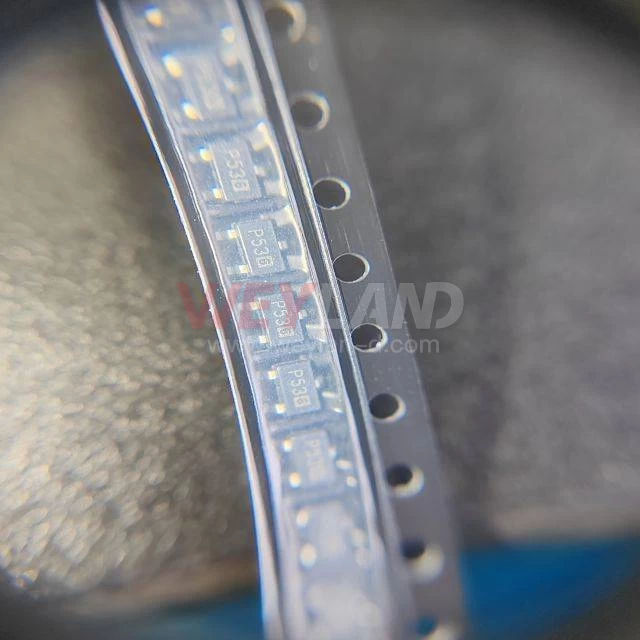
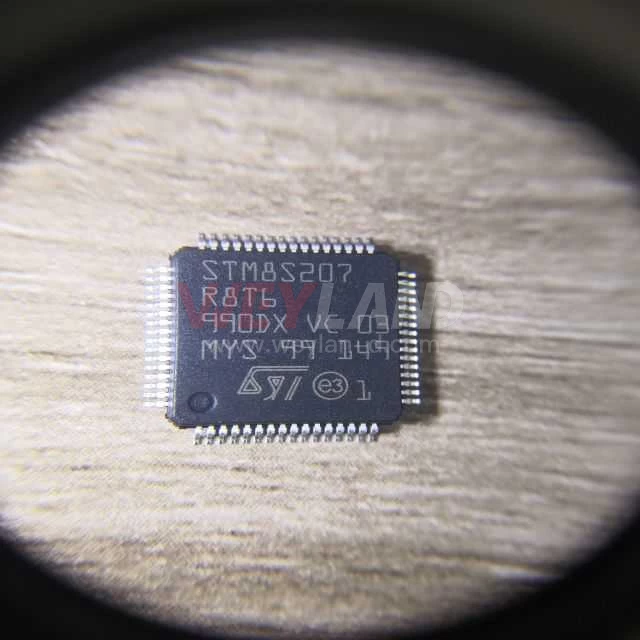
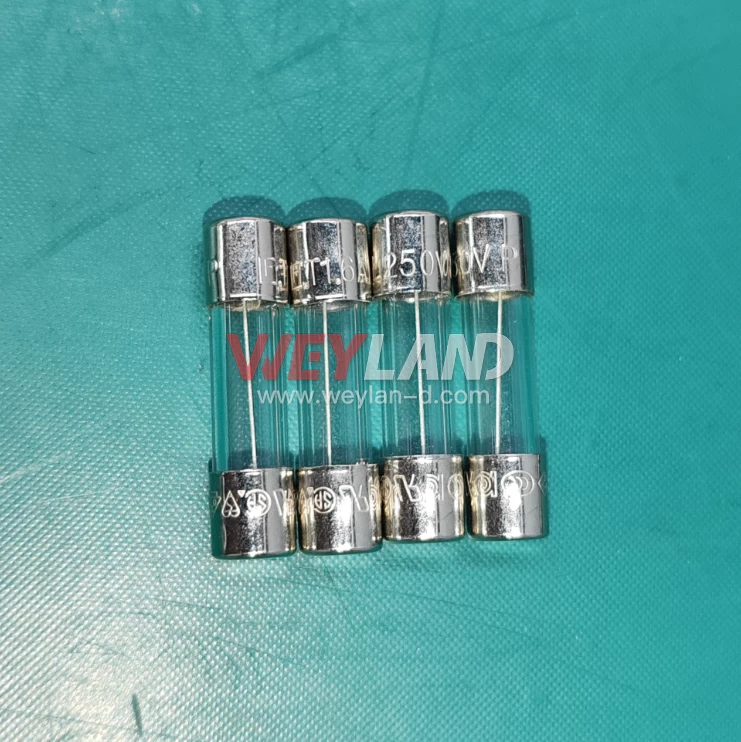
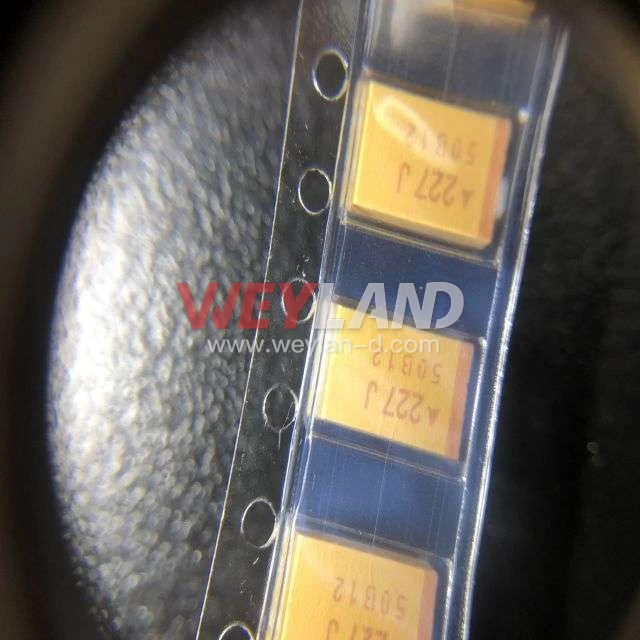
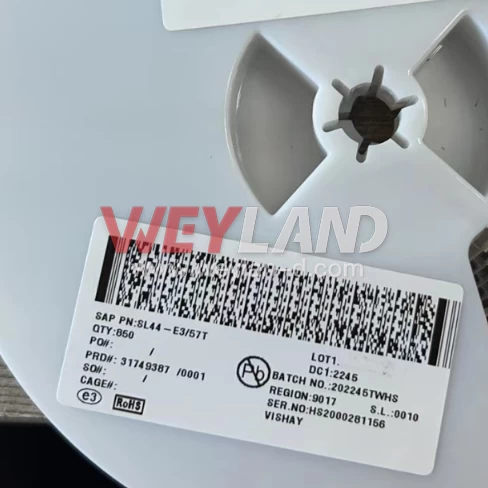
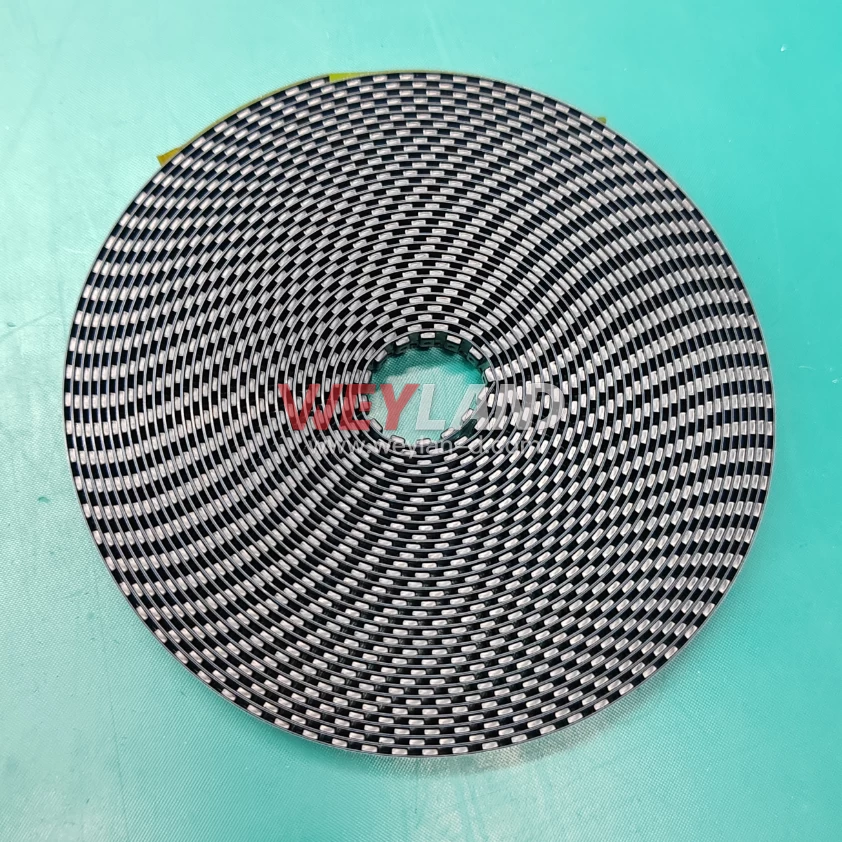


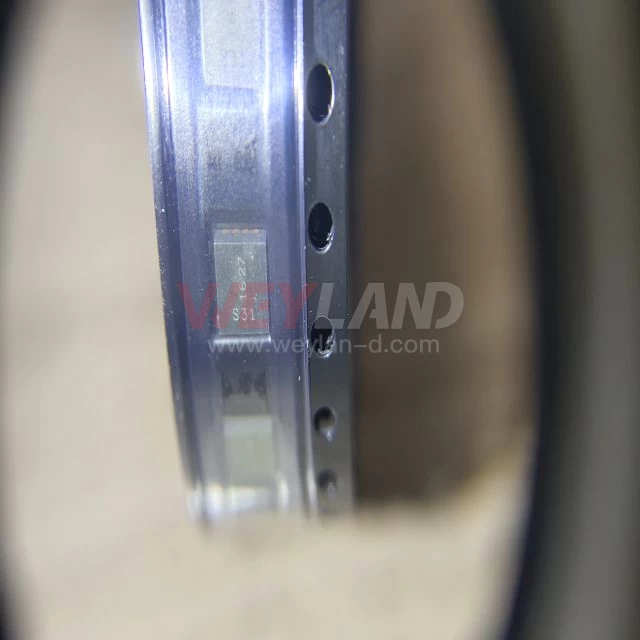
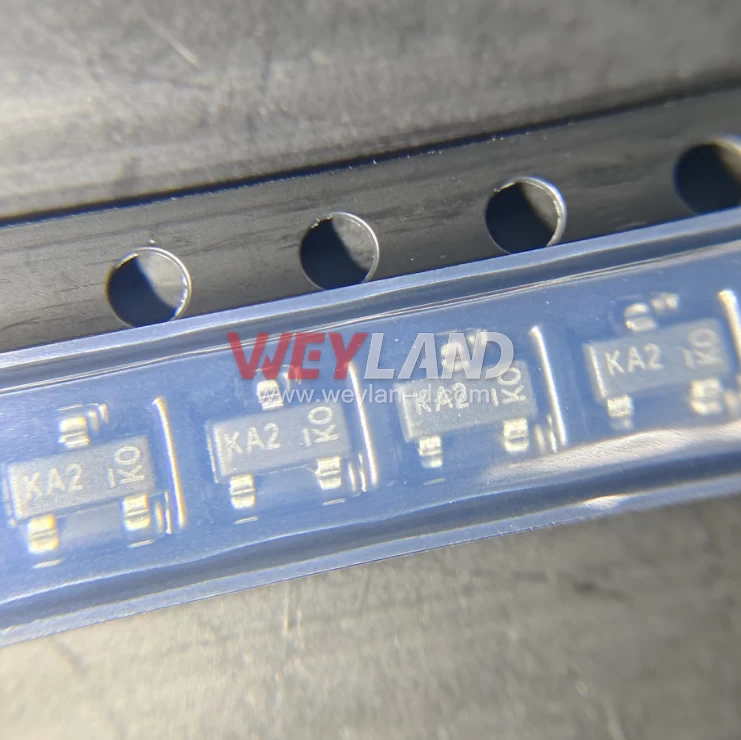
.9246509.png)












[email protected]
7500A BEACH ROAD #04-307 THE PLAZA SINGAPORE (199591)
RM 705.7/F.FA YUEN COMM BLDGNO.75-77.FA YUEN STREET.MONGKOK.KLN.HONG KONG
